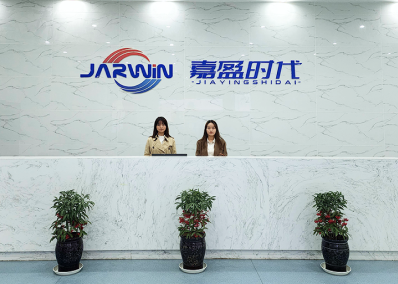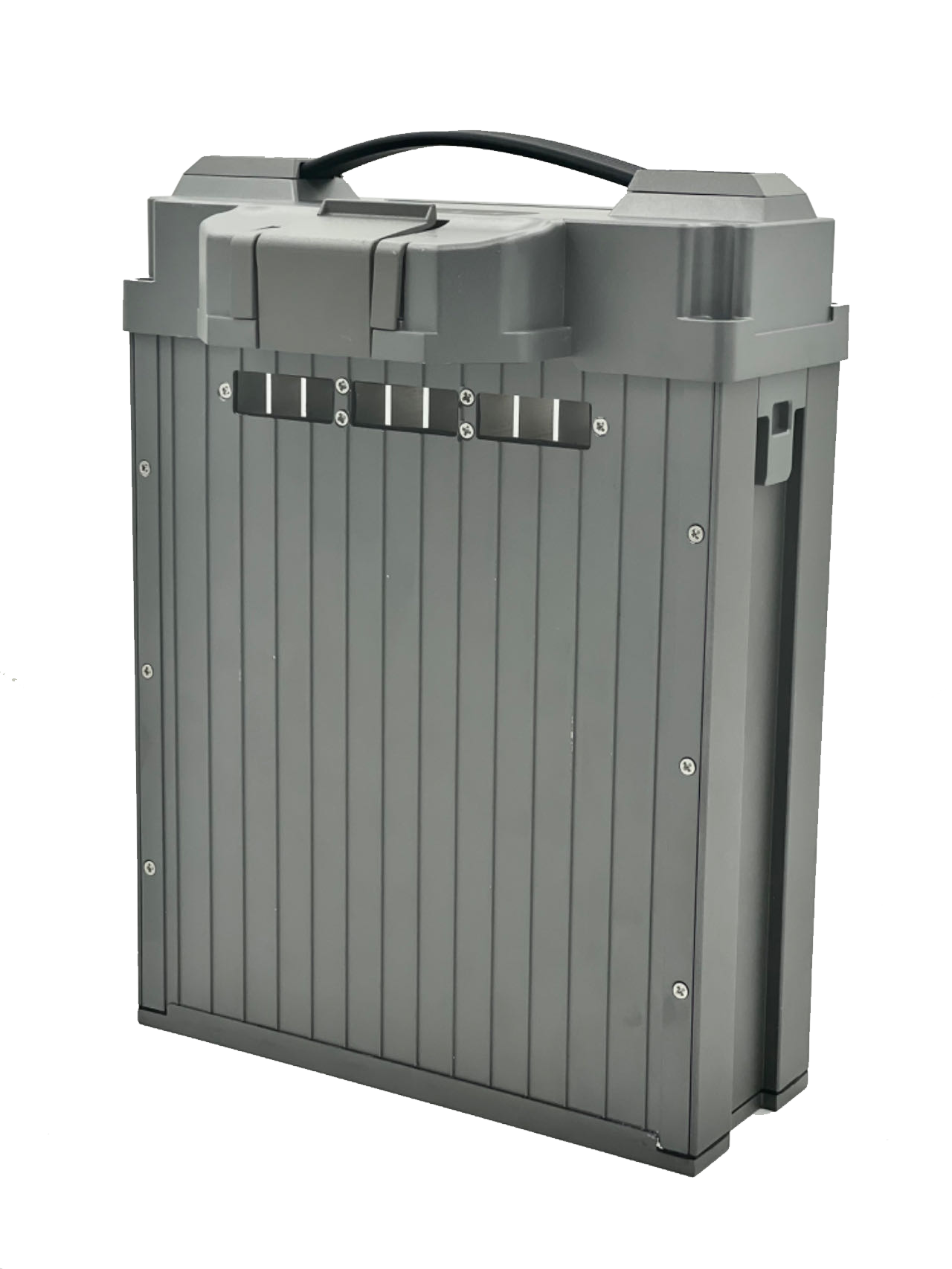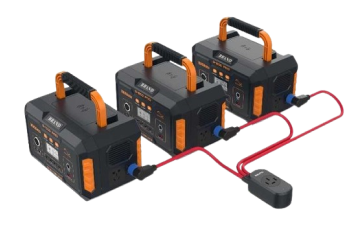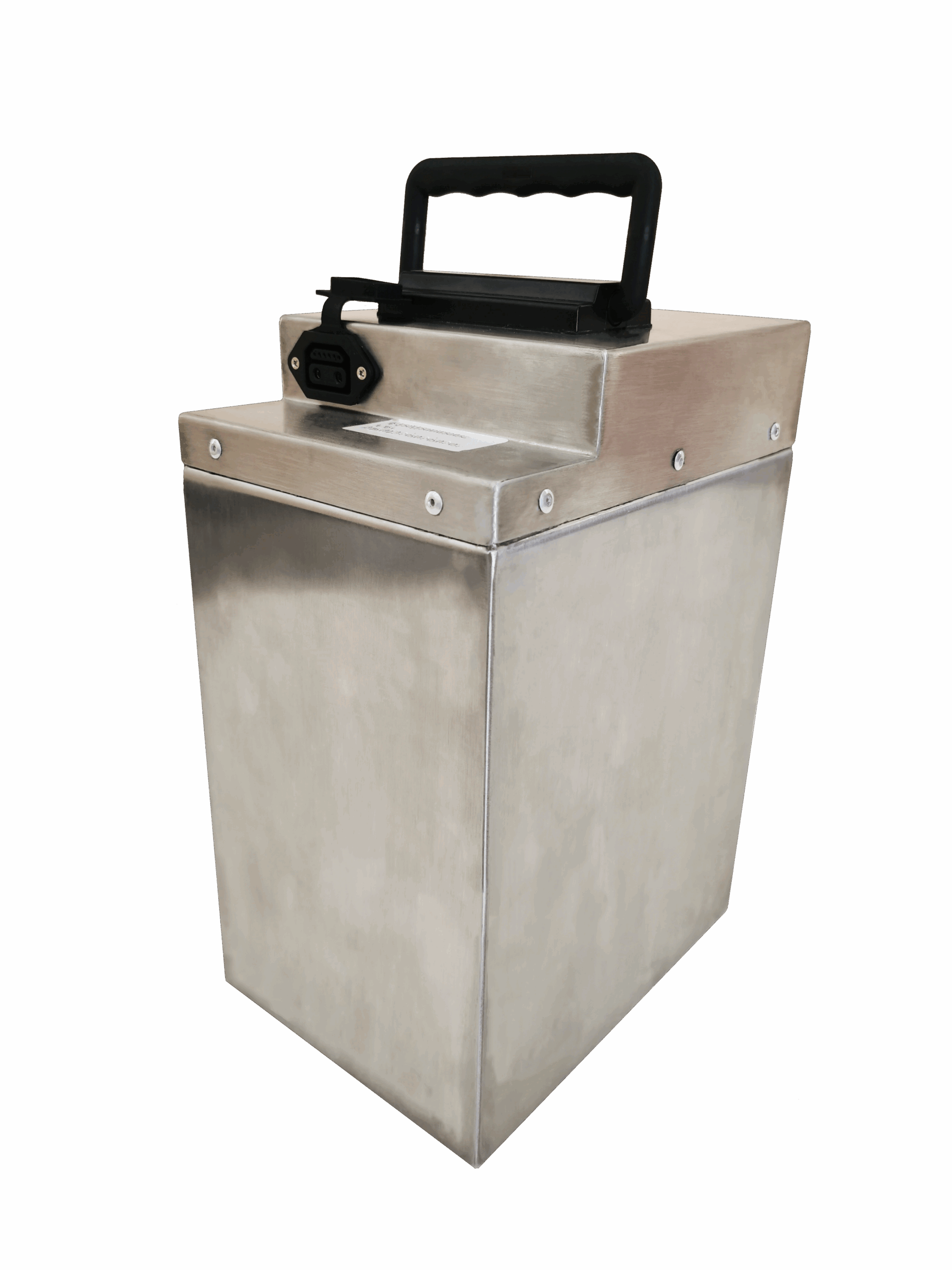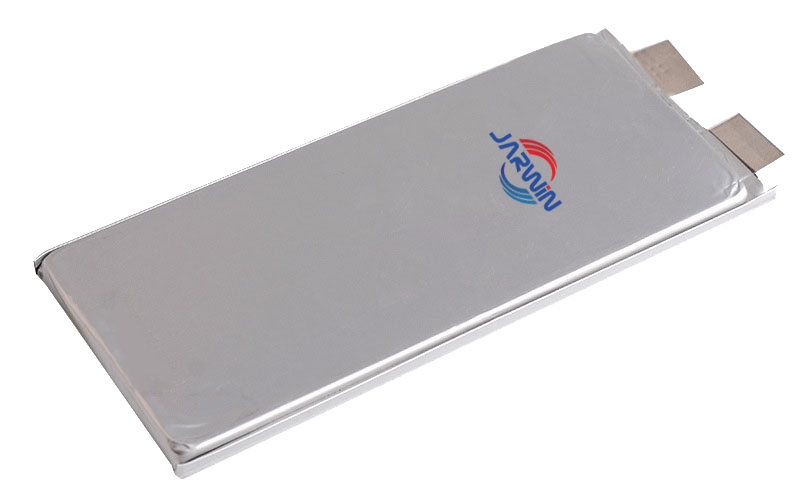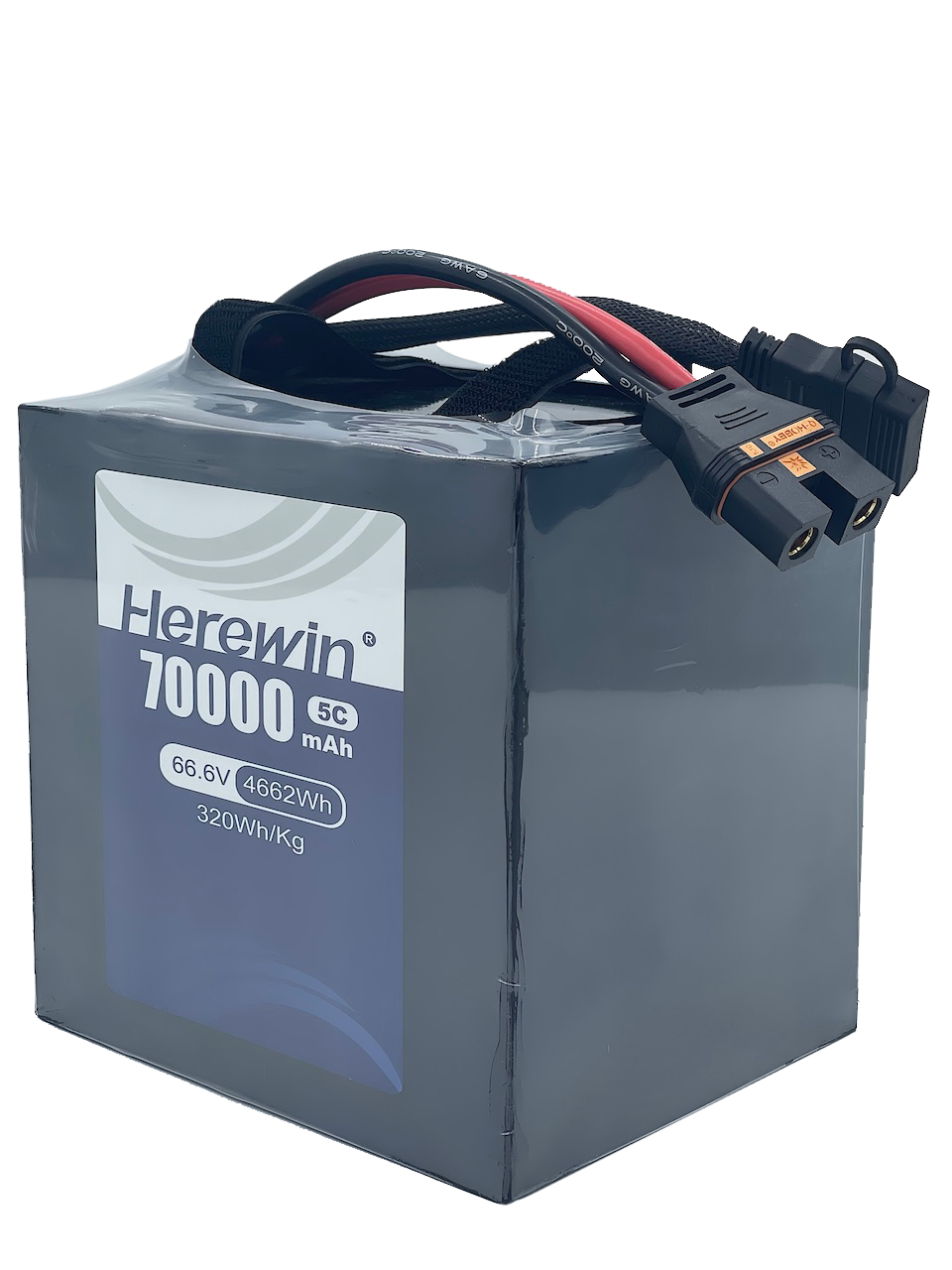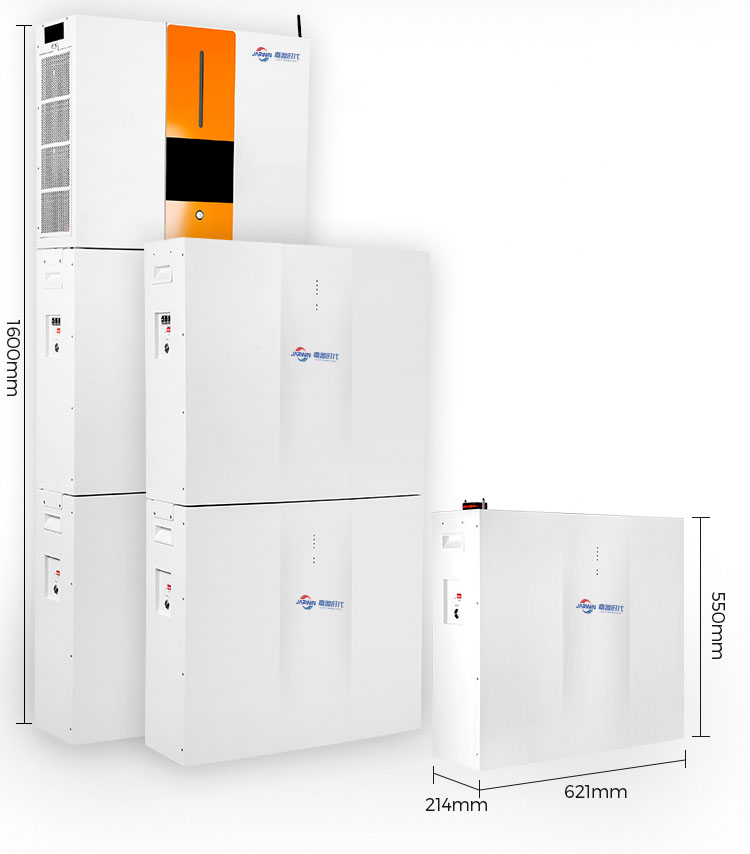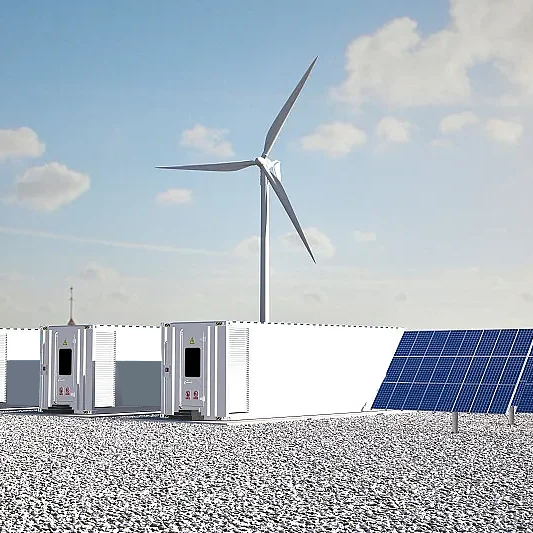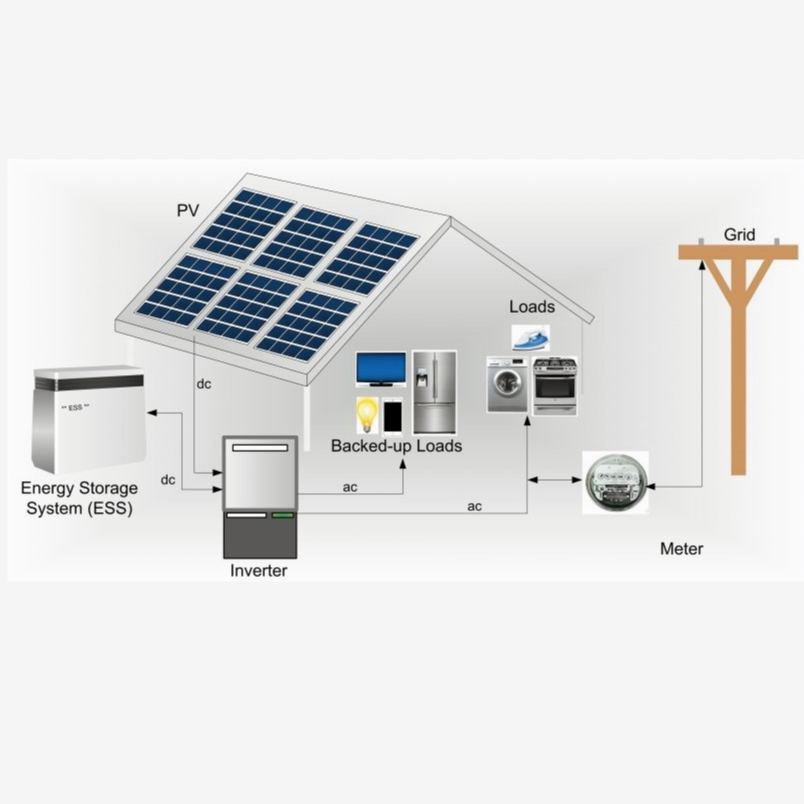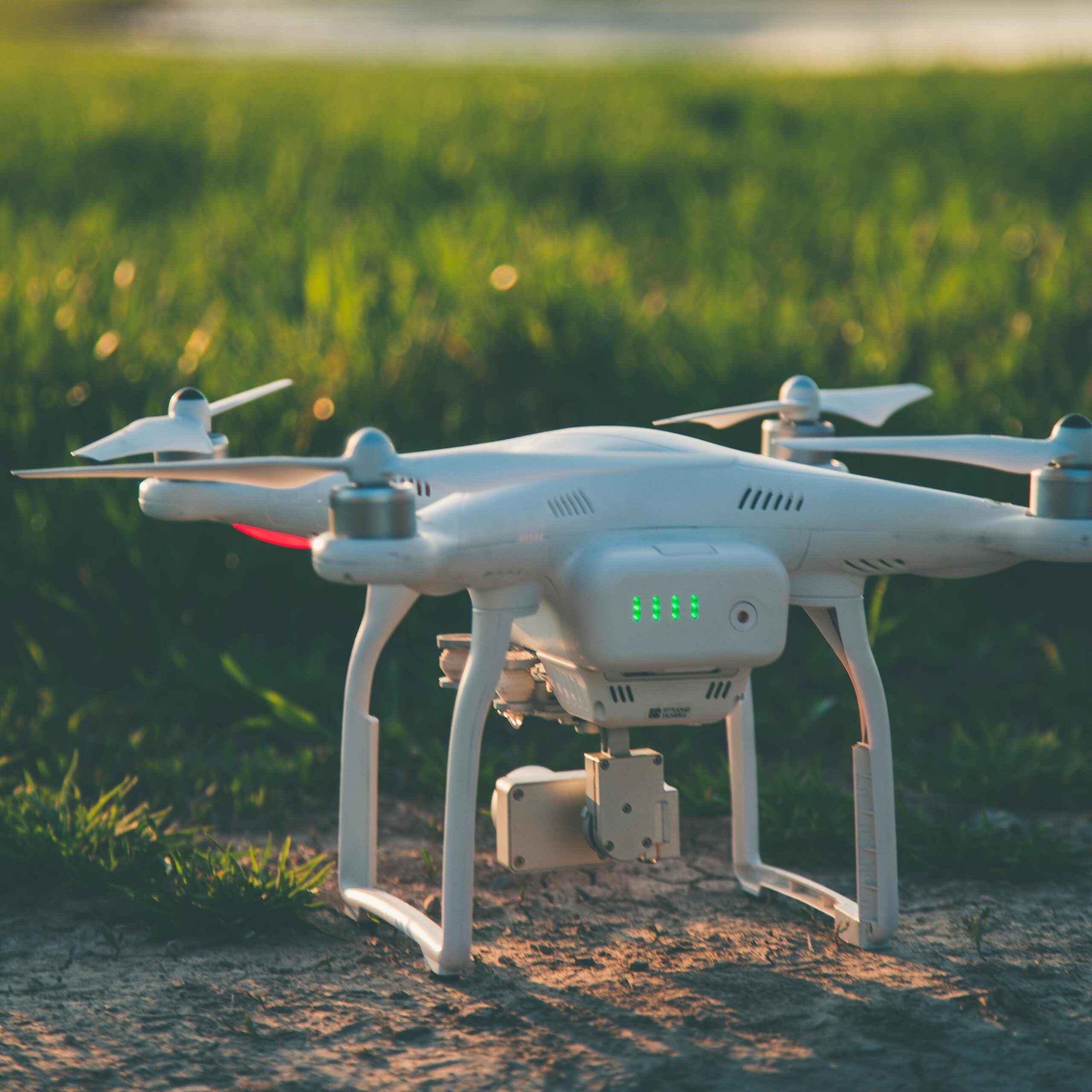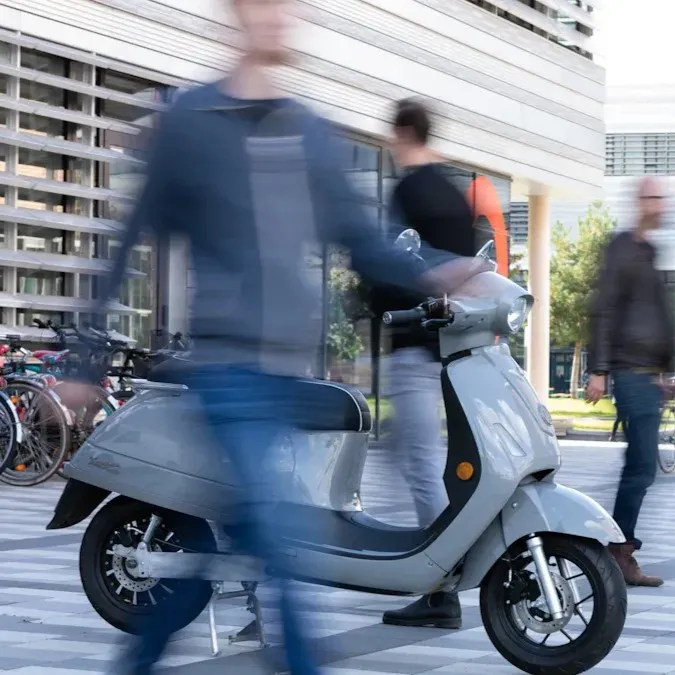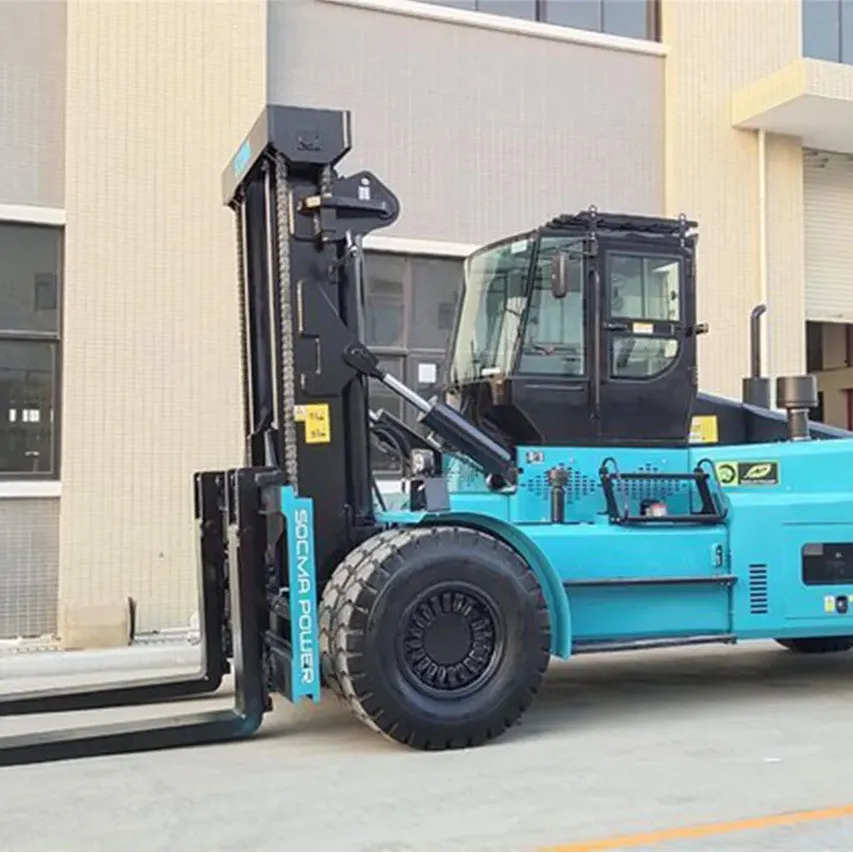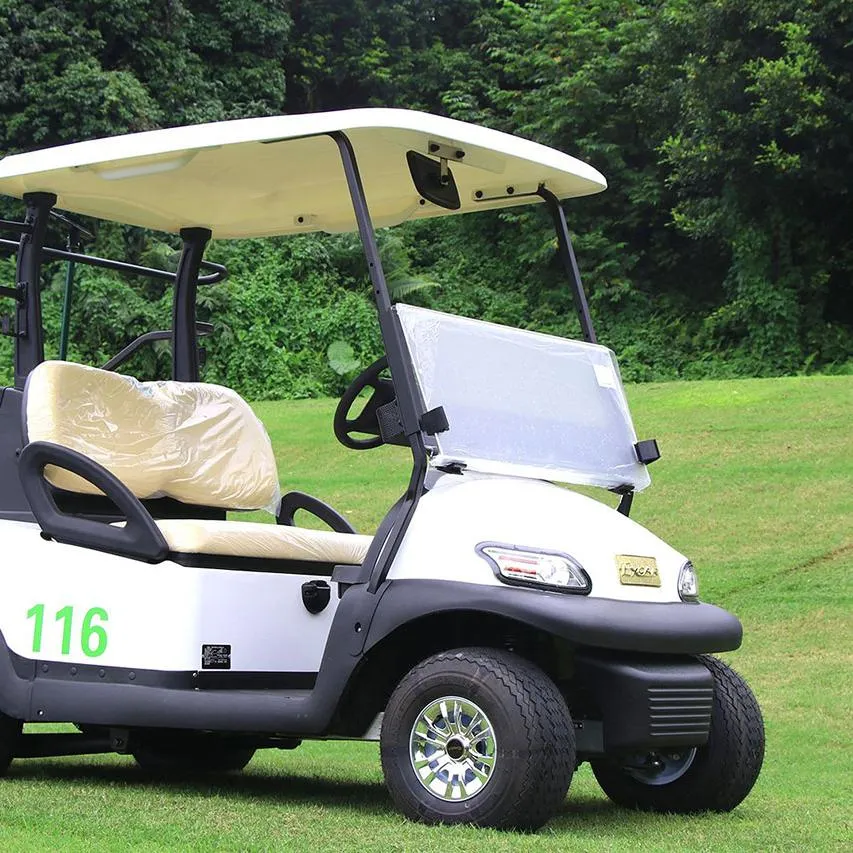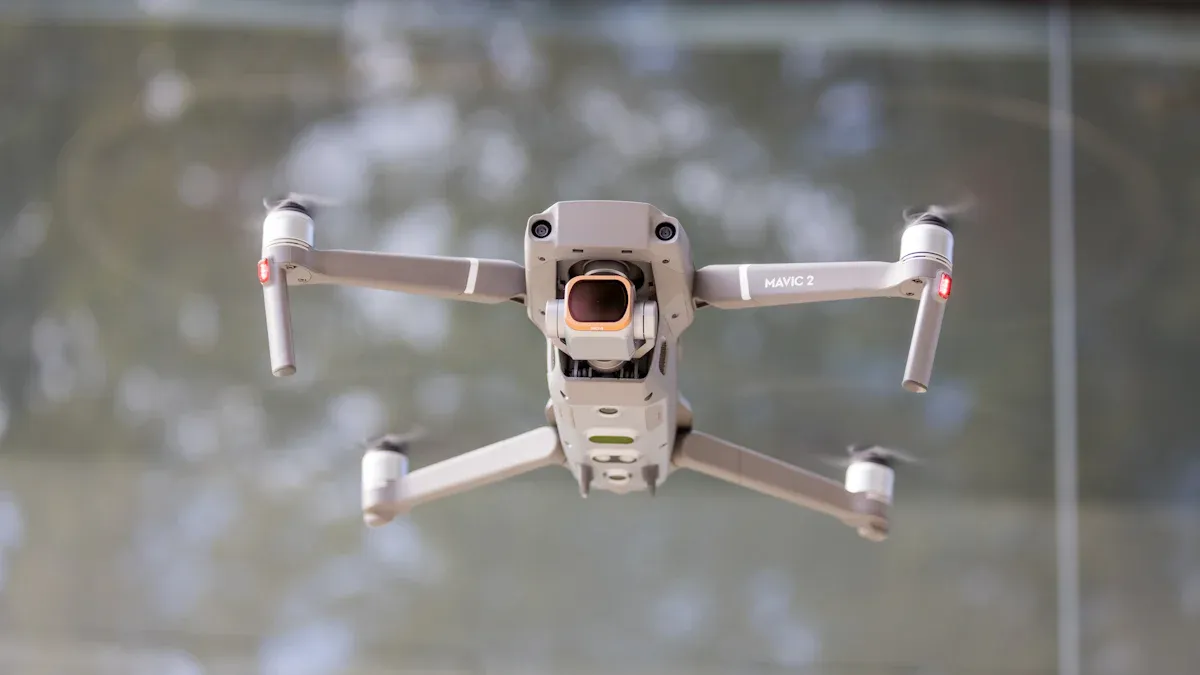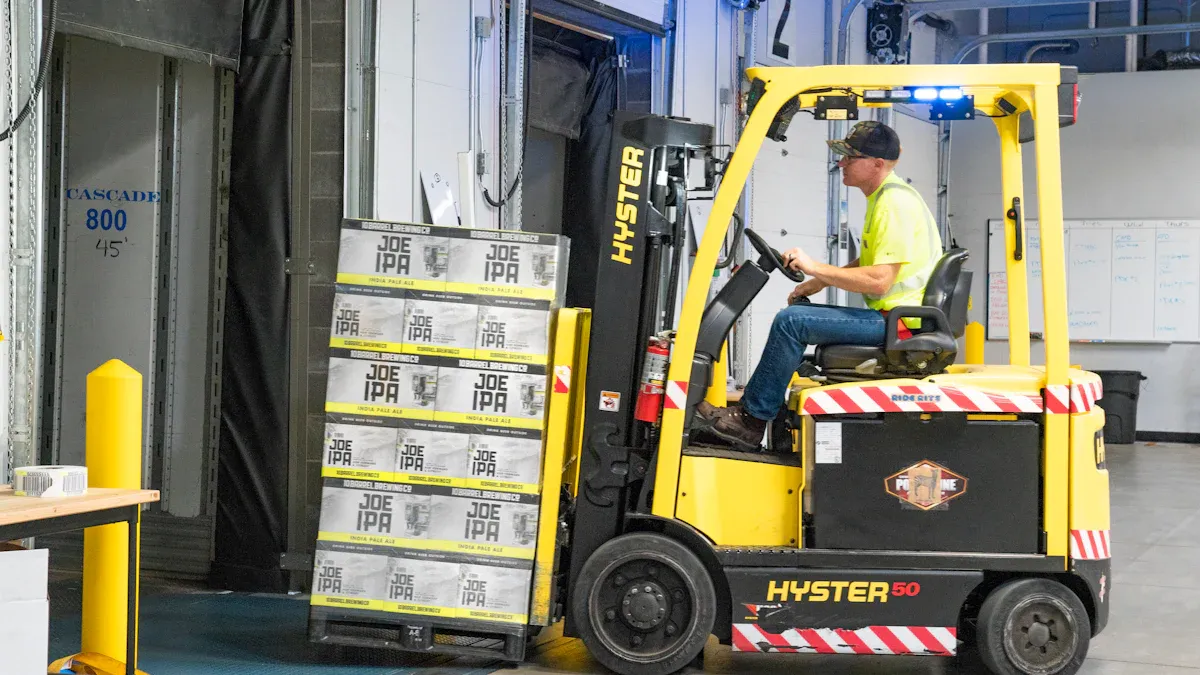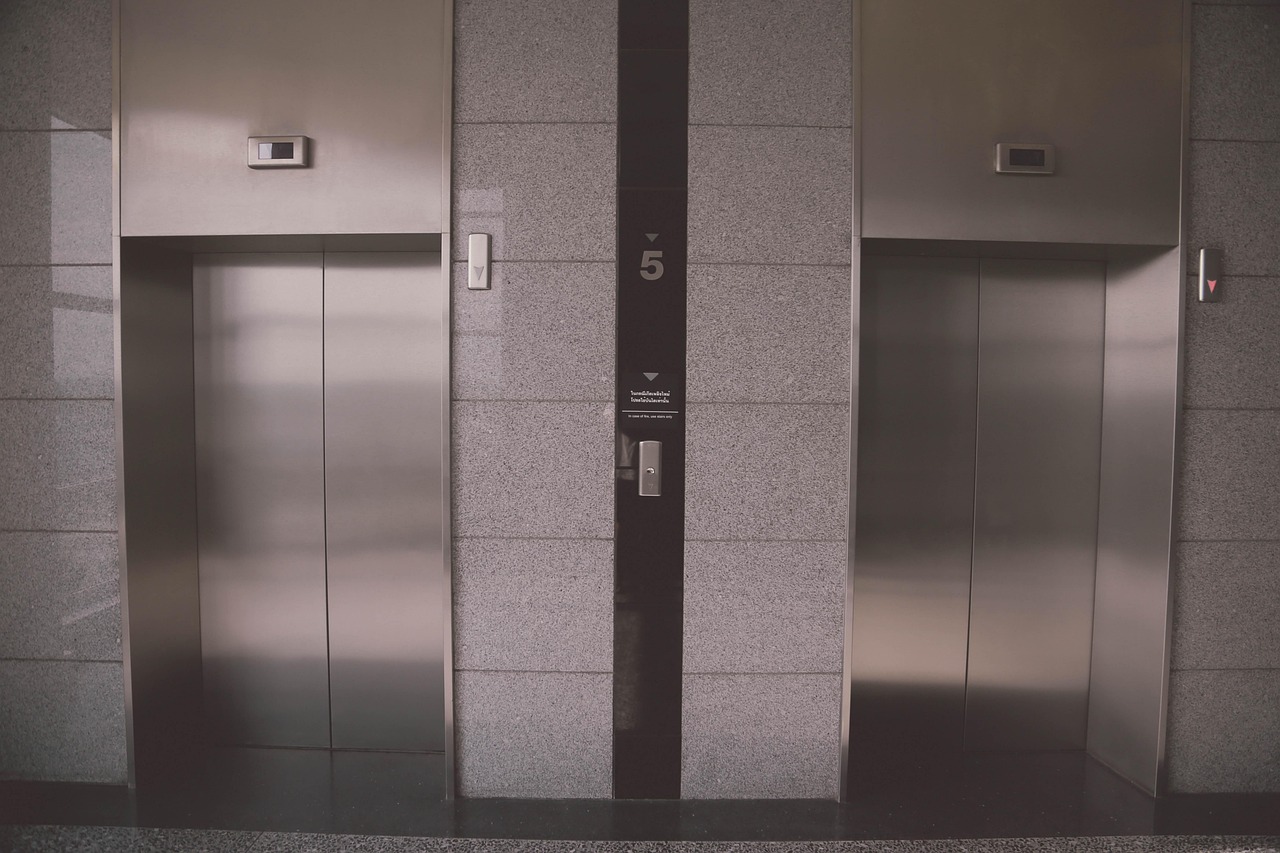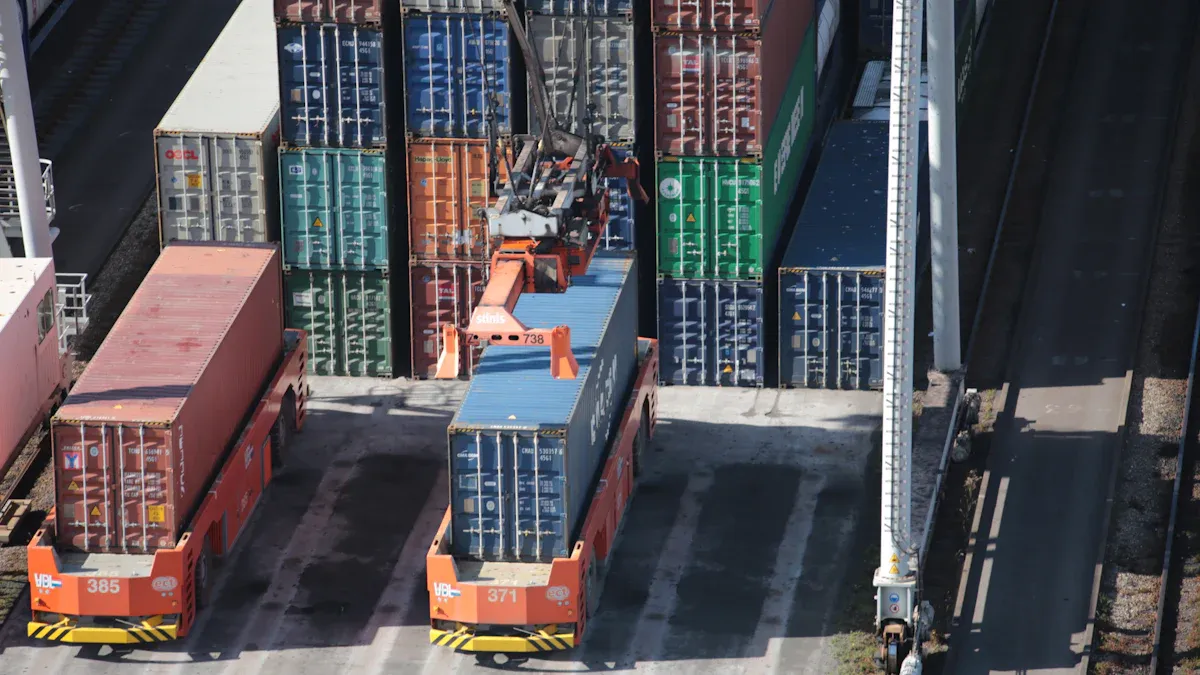
In the modernization of agriculture, the plant protection UAV is a vital tool for efficiency, but its battery system is the strategic core determining your fleet’s Total Operating Expenses (OPEX) and Return on Investment (ROI). For scaled operations, battery health management is no longer a simple endurance issue—it is a business decision concerning safety, mission continuity, and capital efficiency.
Battery health degradation—leading to reduced endurance, unstable voltage, and lower charging efficiency—severely impacts operations and poses safety hazards. Therefore, precise health monitoring is the primary defense for securing your existing assets. Concurrently, selecting high-performance batteries with superior energy density, ultra-fast charging, and long cycle life is essential to fundamentally enhance your fleet’s core competitiveness and achieve long-term, quantifiable economic benefits.
Hal-hal Penting yang Dapat Dipetik
Asset Risk Management requires routine visual inspections of batteries to identify critical risks like swelling or deformation, which is the foremost defense for securing your fleet assets.
Operational Efficiency is significantly boosted by focusing on high energy density (for extended endurance) and super-fast charging (for reduced downtime) during selection.
Asset Lifetime Extension relies on adhering to smart maintenance strategies, including long-term storage within the 40%~60% charge range, to effectively mitigate capacity decay and maximize battery cycle life.
OPEX Optimization is achieved through meticulous flight planning and avoidance of extreme environment operation, minimizing battery wear and directly reducing annual operating and replacement costs.
Health Metrics: 3 Key Risk Pre-Warnings
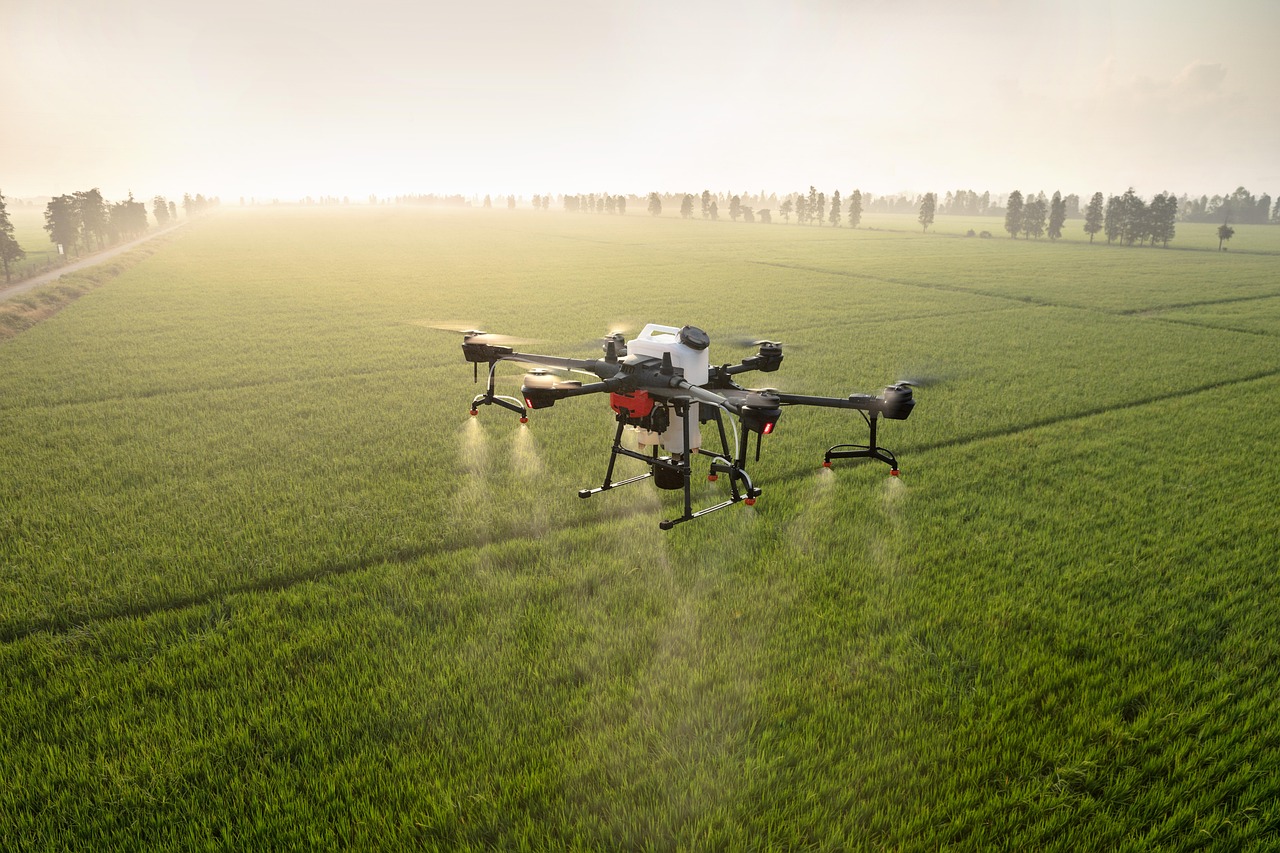
Maintaining the health of your farm drone batteries, both externally and internally, is paramount for safe and efficient drone operations. These three monitoring methods provide crucial early warnings, helping you identify and address potential issues before they escalate, thereby contributing to significant OPEX Optimization.
Visual Inspection: The Most Intuitive Safety Defense
Always initiate operations with a thorough visual inspection of the battery’s external casing. Look meticulously for any signs of swelling or casing deformation. A bulging battery is a clear indicator of a severe internal chemical issue, often caused by gas production from factors like overcharging, over-discharging, high-temperature operation, or battery aging.
If swelling or deformation is observed, usage must be immediately discontinued. Furthermore, check for leaks, cracks, or damaged connectors. These external indicators often signify underlying problems that severely compromise both battery safety and performance. Continuing to use such a battery is akin to carrying a “time bomb”—short circuits can rapidly ignite the electrolyte due to high temperatures, potentially leading to smoke, fire, or even explosion, endangering personnel and equipment.
A rapid visual assessment is the primary defense to prevent major operational disruptions and directly contributes to OPEX Optimization by mitigating costly repairs or replacements.
Drastically Reduced Endurance: Capacity Decay Alarm
A noticeable decrease in your drone’s flight time after repeated use signals a clear decline in battery capacity. Reduced endurance slows down your operations and limits the number of tasks achievable per charge. The decay is essentially the reduction of internal active materials and electrode performance as charge cycles increase. Monitoring flight duration helps you detect this degradation.
Continuing to use such a battery may result in the low-power return-to-home mechanism being triggered, or even a crash in remote areas due to power depletion. Selecting high-performance batteries engineered for longevity and high charge/discharge cycles ensures consistent operational efficiency and contributes directly to OPEX Optimization by minimizing replacement frequency and associated costs.
Herewin batteries are engineered for longevity, offering over 1000 charge and discharge cycles while maintaining stable performance.
Charging Abnormalities: Internal Faults Emergency Alert
Pay close attention to your battery’s charging behavior. Abnormalities such as overheating, the emission of a pungent odor, incomplete charging, or excessively long charging times can indicate severe internal faults. Overheating is a danger signal, often caused by abnormal chemical reactions like internal electrode short circuits or electrolyte decomposition. The presence of an odor indicates potential decomposition or deterioration of internal materials due to high temperatures. The inability to fully charge may be due to aging cells and reduced capacity, or internal localized short circuits preventing effective energy conversion.
Always use the manufacturer-recommended charger for safe and effective charging. For long-term storage, maintain a charge level between 40% and 60%. Implementing a robust monitoring system for critical parameters like voltage, temperature, and current provides immediate alerts for internal issues, ensuring prompt action and further enhancing OPEX Optimization by preventing battery damage and ensuring operational safety
Selection Metrics: 3 Value Drivers for ROI
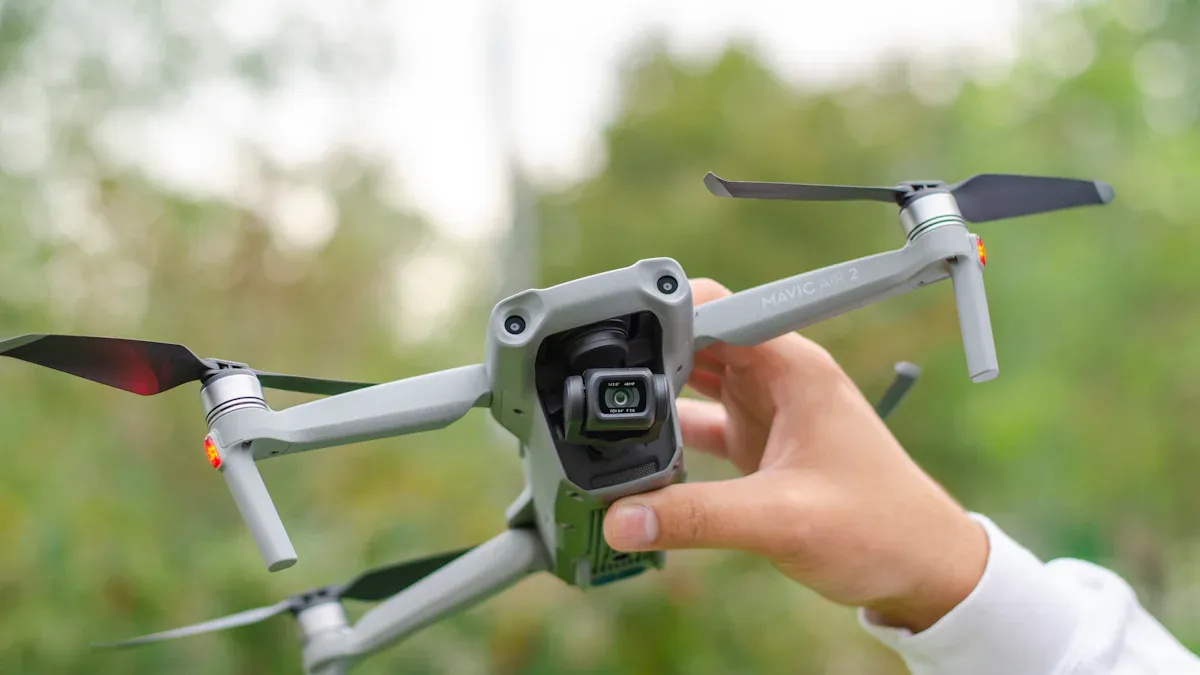
Strategic battery selection is paramount for maximizing operational performance and realizing a quantifiable return on investment. Focus on three critical value drivers that directly enhance your fleet’s core competitiveness.
High Energy Density: Extends Operational Mileage
Batteries with high energy density allow your drone to fly longer and accomplish more work faster. This is crucial for large-area spray drones and other long-endurance tasks. High energy density means the battery can store more electrical energy within a limited weight and volume, significantly extending its operational mileage. Technologies utilizing high-nickel ternary cathode materials and silicon-carbon composite anode materials, often combined with semi-solid-state technology, can boost the specific energy to 320-350Wh/kg. This high density is vital for reducing the number of charges required, thus increasing operational efficiency and lowering overall operating costs.
Super Fast Charging: Improves Overall Operational Efficiency
Fast charging capability means less waiting, allowing drones to return to work quickly. Batteries with this feature can replenish a large amount of power in a short time, greatly reducing drone downtime. Understanding C-ratings is essential, as they indicate both the charging and discharging rates and must match your motor’s power needs. Optimized cell structure and special material combinations can achieve 5C fast-charging technology, allowing the battery to be charged from 0 to 80% in as little as 20 minutes. This level of rapid replenishment acts as a significant “efficiency booster” for high-frequency operations.
Long Cycle Life: Reduces Capital Investment
A long cycle life signifies a high-quality battery that can endure numerous charge and discharge cycles while maintaining stable performance over a longer period. This durability not only saves money by reducing the frequency and cost of replacement but also lessens the environmental impact. For operational users, batteries with a long cycle life can save substantial capital investment and raise the cost-effectiveness of the equipment. Generally, plant protection UAV batteries are expected to retain over 80% of their initial capacity after 500 to 800 cycles. Selecting batteries engineered to exceed this standard helps significantly with your OPEX Optimization.
Smart Ways to Use and Care for Batteries
Implementing smart operational and maintenance protocols is key to extending battery life, maximizing capital efficiency, and ensuring sustainable performance.
Best Ways to Charge
Always charge your batteries right. Utilizing a charger with super-fast charging capability significantly reduces downtime. This allows the battery to go from empty to 80% in approximately 20 to 30 minutes. Your farm drones wait less time. You can work again sooner. Plan your flights well. Do not make the battery work too hard. This makes batteries last longer. It helps save money. Fly when the weather is good. Do not fly in very hot or cold weather. Fly in the morning. This keeps batteries healthy.
Good Storage Rules
Store batteries smartly. This makes them last longer. High-quality industrial batteries are engineered to operate across a wide temperature range(e.g., from -4°F to 140°F).For long storage, charge them halfway. Charge them to 50% or 60%. Many chargers have a ‘storage’ setting. Keep batteries in a cool, dry spot. This makes them age slower. Check batteries every month. Charge them back to storage level. Do this if they lose power.
Smart Battery Use
How you use batteries matters. It changes how long they last. Durable drone batteries are built to last a long time. This means you buy fewer new ones. This saves you money. It is also good for nature. Check batteries before each flight. Look for bumps or damage. Plan your flight paths well. Do not fly over the same spot. Do not leave gaps. This uses energy wisely. Fly at the same height. Change speed for your job. This stops extra turns. Do not fly in strong winds. Strong winds use more power. They drain your battery fast. These ways help you save money.
The battery system’s health is the strategic core determining your fleet’s OPEX and ROI. As the key force in modern agricultural transformation, the importance of the plant protection UAV battery is self-evident.
To secure long-term, quantifiable economic benefits, focus on selecting batteries that offer superior energy density, ultra-fast charging, and long cycle life. These choices provide a robust guarantee for highly efficient and continuous operational success.
We are committed to advancing battery technology to drive smart agriculture forward. To explore how innovative power solutions can significantly enhance your operational continuity, please feel free to contact our expert team.
PERTANYAAN YANG SERING DIAJUKAN
How do you know if your drone battery is healthy?
Look at your battery. Check for swelling. Look for damage. Watch how long it flies. Shorter flights mean less power. See if it gets too hot when charging. Herewin’s smart system shows its health.
Why does high energy density matter for your drone battery?
More energy density means longer flights. It holds more power. It does not add weight. You can cover more land. You finish jobs faster. Herewin batteries fly longer.
How does fast charging improve your drone operations?
Fast charging means less waiting. Your drone works again quickly. This makes work better. You do more jobs each day. Herewin’s 5C charging gets you flying fast.
What is the best way to store your drone batteries?
Keep batteries in a cool place. Keep them dry. Charge them to 40-60%. Do this for long storage. Use a charger with a storage setting. This keeps them healthy. It makes them last longer.
What makes Herewin drone batteries last longer?
Herewin batteries use new materials. They have special parts. This makes them last many charges. They keep their power. This saves you money.
Lihat Juga
Top Agricultural Drone Batteries for Farmers: 2025 Expert Review
FPV Drone Batteries 2025: Selection, Care, and Peak Performance Guide
Boost Operational Efficiency: Long-Lasting Drone Batteries for Extended Missions
Procuring High-Capacity Agricultural Drone Batteries: A USA Buyer’s Guide
Selecting the Ideal FPV Drone Battery: Essential Features for Optimal Flight

